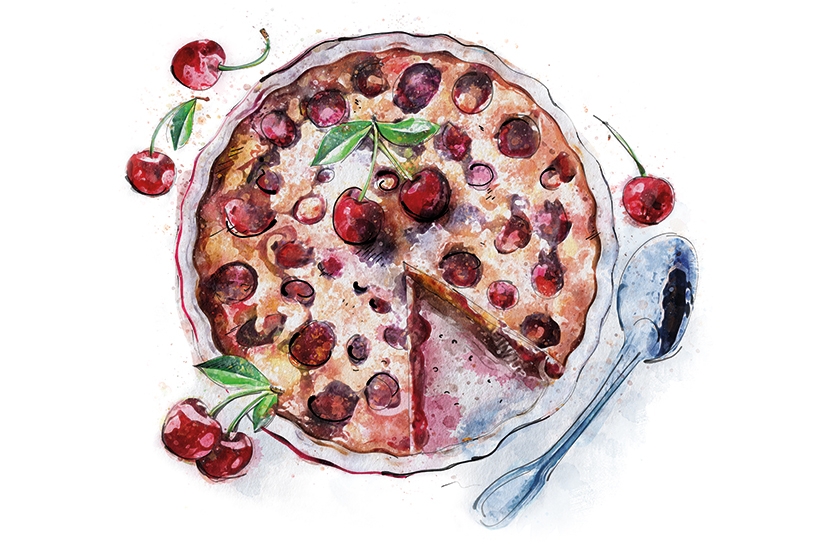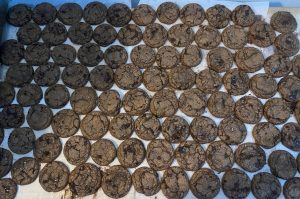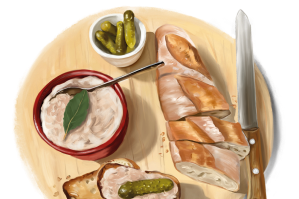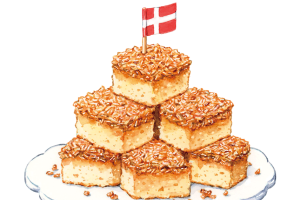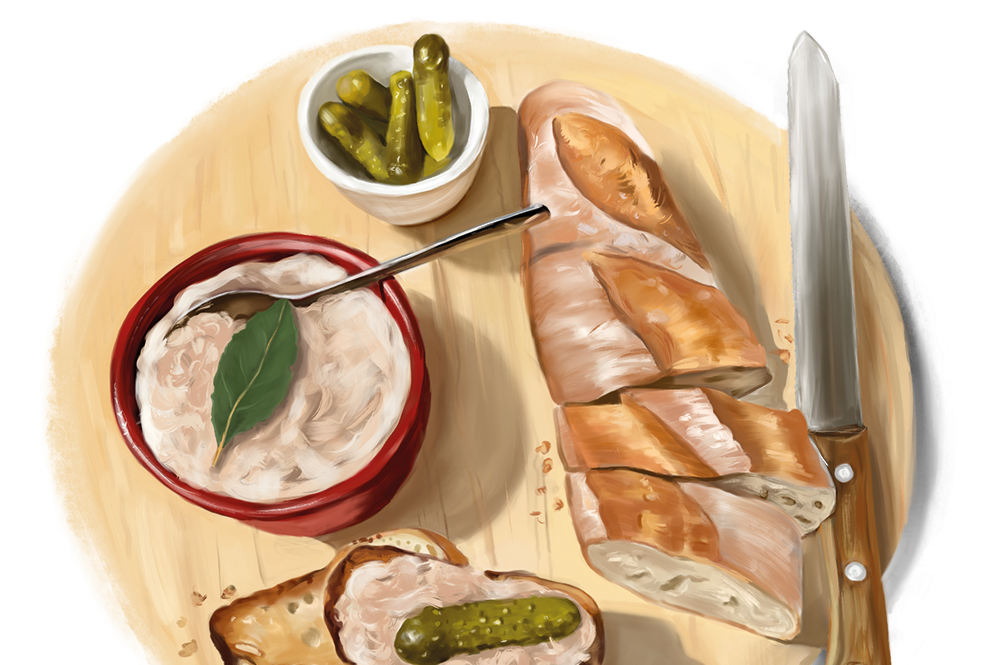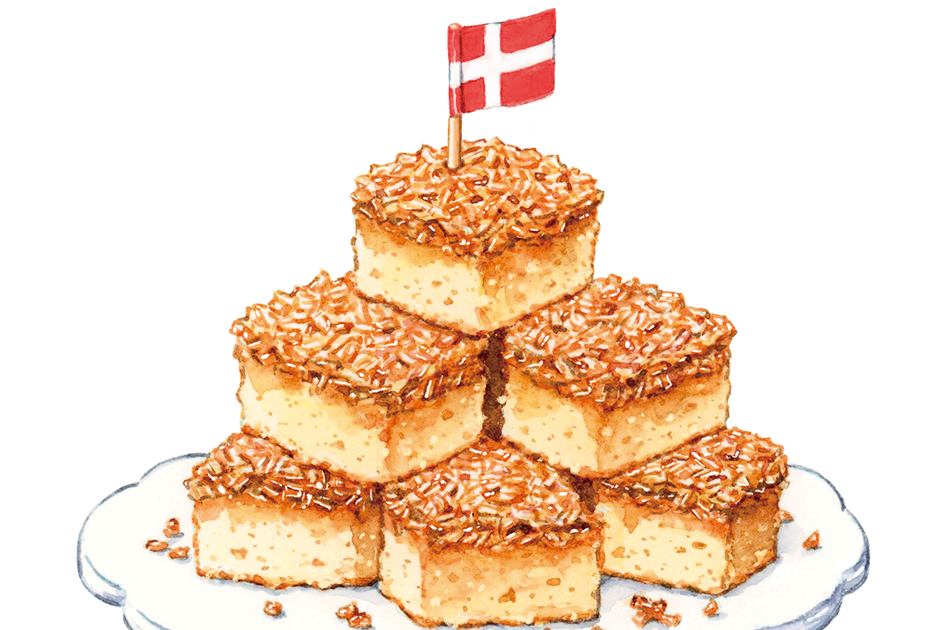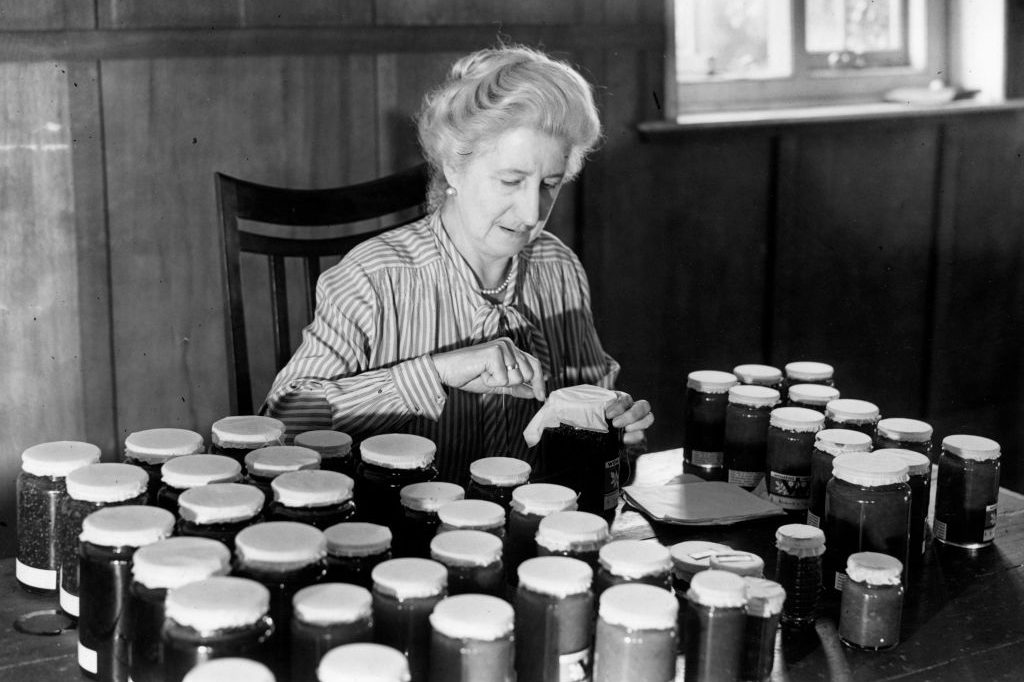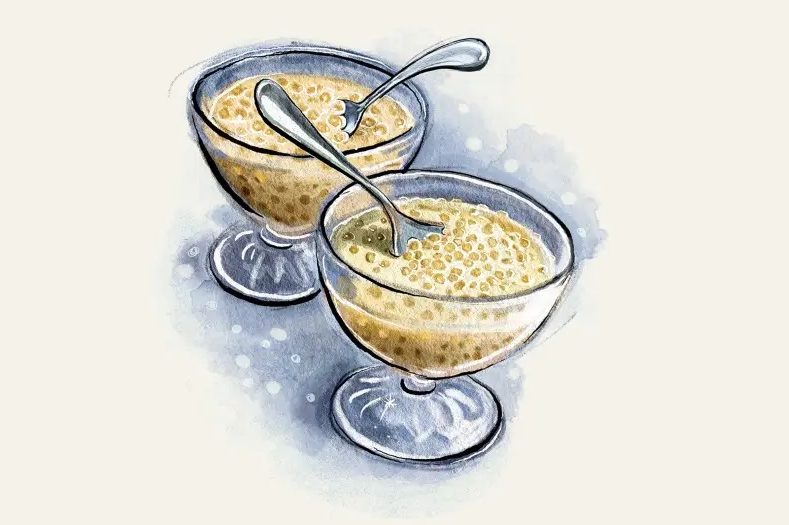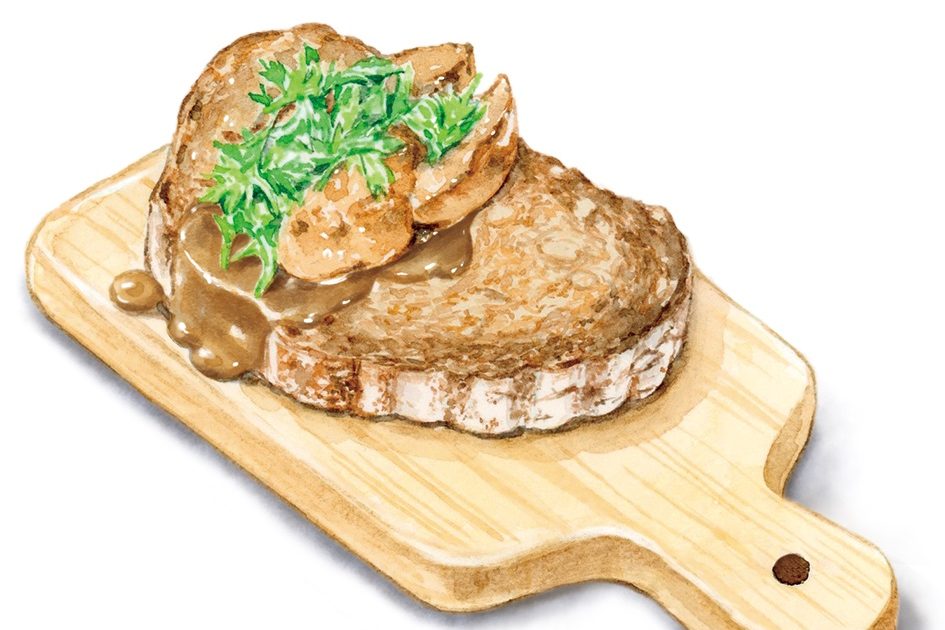My daydreams at the moment follow a predictable theme. I am on holiday somewhere balmy, with a carafe of cold white wine in front of me. Someone handsome has just brought me a large bowl of salted crisps, unbidden but very welcome, and the greatest responsibility I have is finishing the book that I’m reading.
The reality has been a little more prosaic. I am at my dining table in Manchester, northern England, nursing a cold cup of tea, as the rain falls so heavily it’s like sitting in a drum. I’m sure I’m not alone: changing rules, quarantines, vaccination certificates, or simply the sheer weight of anxiety mean that the majority of us have spent this summer in the UK. I would give my eye teeth for a proper holiday.
If I could choose, I’d be in France. Nothing fancy, a small town somewhere warm, with cobbled streets, a good boulangerie, and a little bar-tabac that serves some kind of small, strong drink I’ve never heard of.
Predictably, I find myself focusing on the food. I miss salads with fatty lardons and a perfect vinaigrette. I miss little pots of rémoulade and sweet carottes râpées. I miss cauldrons of mussels, cheeses that are almost entirely liquid. I miss cool crème caramels, and shattering a crème brûlée.
Most of all, I miss clafoutis. There’s something extremely French about it: unassuming in appearance but showcasing the best of the season’s fruit. It’s effortless and elegant all at once — it is the best of French country cooking. And OK, it’s not quite the same making it at home but if the past 18 months have taught us anything, it’s to take our joys where we can find them.
And British cherries are wonderful this year: fat and bright and bursting with flavor. If you can resist eating them by the handful, straight from the punnet, then they are put to excellent use in a clafoutis.
The clafoutis originated in Limousin, central France. Its name comes from the Occitan word ‘clafir’ meaning ‘to fill’, thought to refer to the way in which the batter is filled with fruit as it cooks and inflates. Really, it’s a flan: cherries are placed in a single layer, and then a thin batter — somewhere between waffle batter and custard — is poured over the top, before the whole thing is baked until the custard is golden and puffed, the cherries squidgy and fragrant.
This being France, there are rules as to what constitutes a ‘proper’ clafoutis. The cherries should be morello or sour cherries, griottes, native to the Limousin region, but very hard to get hold of in their fresh state elsewhere. Strictly speaking, if you use sweet cherries, you are making a flaugnarde, not a clafoutis. But if Julia Child can write a recipe for a ‘clafoutis’ baked with apples, currants, and rum, I say all bets are off. I love blackberries or halved apricots, but you can use whatever you fancy — I’ve seen everything from blueberries to chocolate and hazelnuts (although if you’re opting for the latter, don’t tell the people of Limousin).
The rules also dictate that the cherries should be baked into the clafoutis unpitted. This is not just the work of lazy cooks: cherry pits contain benzaldehyde, the compound used in almond extract. Pit-enthusiasts will tell you that retaining the pits gives a more rounded, complex flavor to the cherries and therefore the clafoutis. They may well be right, but personally I can’t enjoy a pudding if there’s a good chance I’ll break a tooth on it. So I pit my cherries. You can add a nudge of almond extract to the batter to compensate for the lack of benzaldehyde. Removing the stones also makes it easier to macerate the cherries, so the fruit can soak up more kirsch for a tart, boozy hum.
When the clafoutis comes from the oven, it will be billowing and slightly soufléed. As it rests, it will droop a little. This may seem like a shame, but clafoutis is far superior when eaten warm rather than hot. Left-overs make for an excellent breakfast, served straight from the fridge with thick yoghurt.
Cherry clafoutis
Serves: 4-6
Takes: 10 mins
Bakes: 30-45 mins
For the cherries
1lb sweet cherries, stoned
2 tbsp caster sugar
3 tbsp kirsch
For the batter
2 eggs
1 egg yolk
2 oz plain flour
5 fl oz whole milk
1 oz butter, plus extra for greasing
3 oz caster sugar
½ tsp almond extract
1 tbsp demerara sugar
- Take your cherries, stone them, and place in a bowl with two tablespoons of caster sugar, and the kirsch. Leave for 1-3 hours
- Make the batter. Place the butter in a small pan over a medium heat: it will melt, bubble up, and then quieten as it turns light brown. Remove from the heat and set to one side. Whisk together the eggs, egg yolk, flour, milk, 3 oz caster sugar and almond extract together into a smooth batter. Drizzle in the browned butter. Cover the batter with clingfilm so it touches the surface of the mixture, and refrigerate for up to three hours
- Heat your oven to 350°F. Butter an ovenproof dish, just large enough to hold the cherries in a single layer
- Drain the cherries, and place them in the dish. Give the batter a good stir, and pour it over the cherries, sprinkle with demerara sugar, and carefully transfer to the oven
- Bake for between 30 and 45 minutes. The exact time will depend on the size of your dish, but you want the batter to be puffed and golden, and to have set on top, but be a little wobbly underneath. Serve warm or cold, with thick cream
This article was originally published in The Spectator’s UK magazine. Subscribe to the World edition here.



